Optimal Timing for Foundation Repairs
Determining the optimal time for foundation repairs depends on seasonal weather patterns, soil conditions, and structural assessments. Typically, mild and dry periods offer the most favorable conditions for effective repairs, minimizing delays caused by moisture or extreme temperatures.
Spring offers moderate temperatures and manageable moisture levels, making it suitable for foundation work before summer heat and winter cold set in.
While summer provides longer daylight hours, high temperatures and occasional drought conditions can impact repair schedules and material curing.
Fall typically presents cooler, stable weather, allowing for thorough repairs before winter conditions arrive.
Winter is generally less ideal due to freezing temperatures, snow, and increased soil movement, which can hinder repair effectiveness.
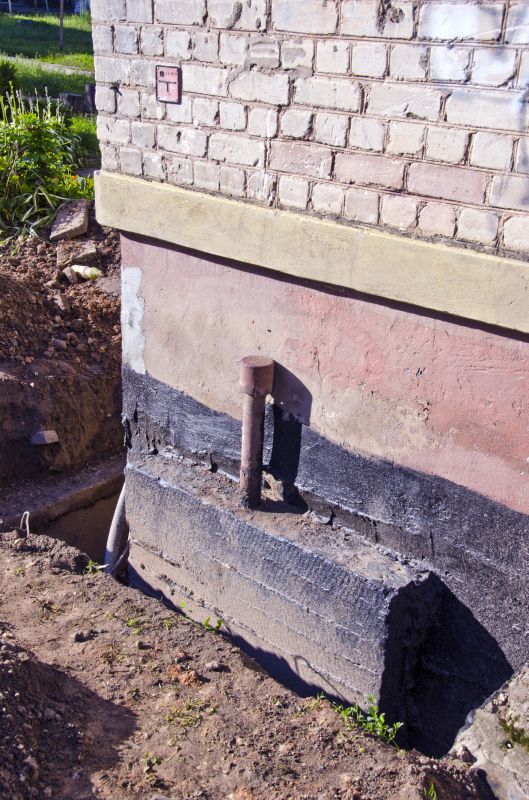
Spring weather allows for effective foundation stabilization before summer heat causes soil shrinkage.
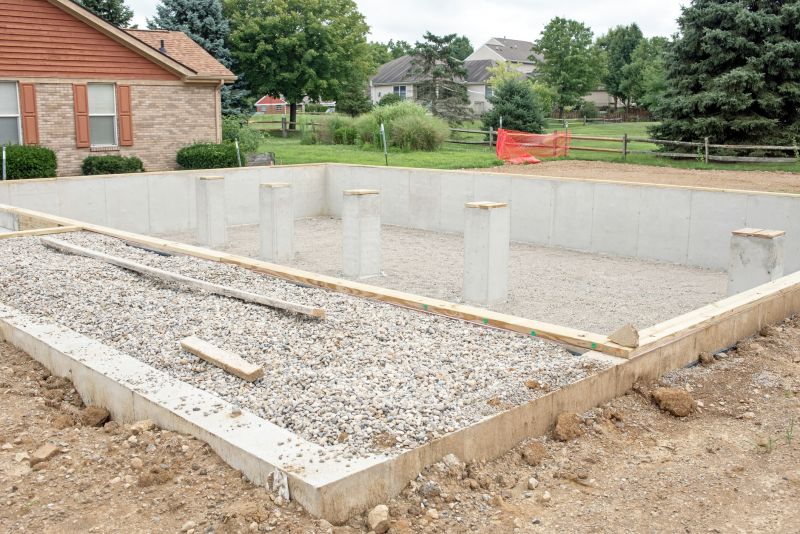
Summer repairs benefit from longer work hours but require careful planning around heat and drought conditions.

Fall provides ideal conditions with cooler temperatures and stable soil moisture levels.

Winter repairs are less common due to soil freezing and weather constraints.
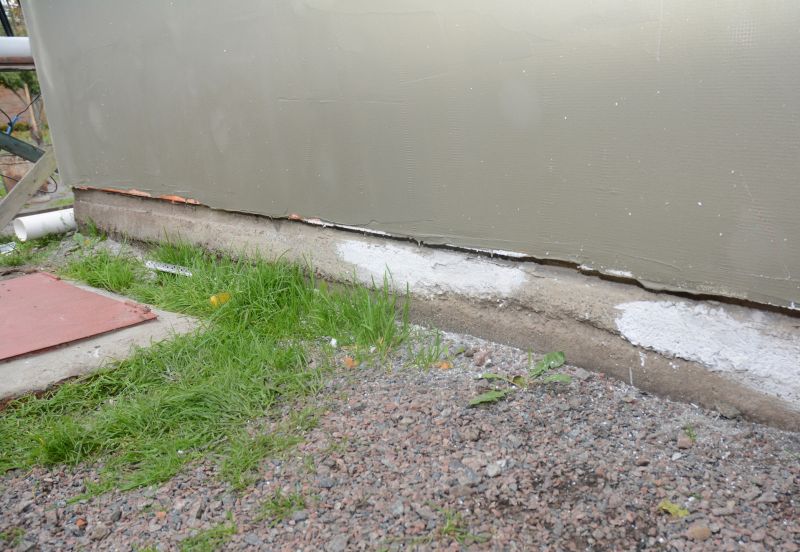
Ways to make Foundation Repairs work in tight or awkward layouts.
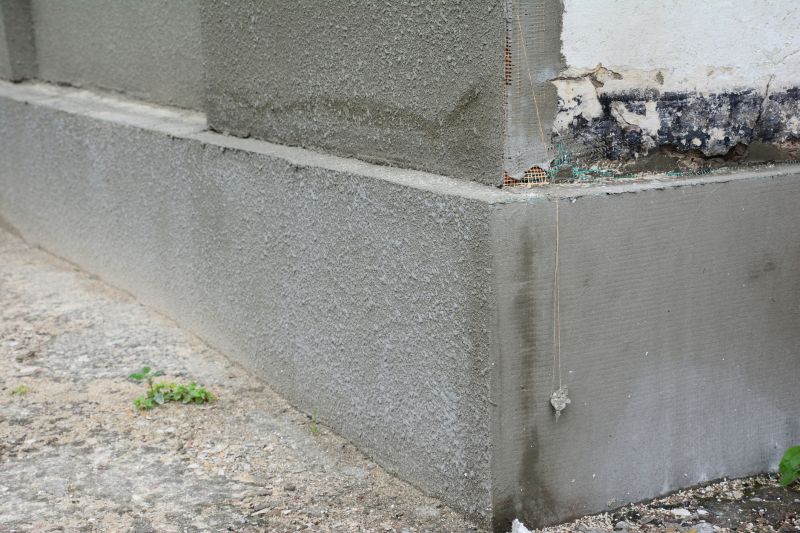
Popular materials for Foundation Repairs and why they hold up over time.
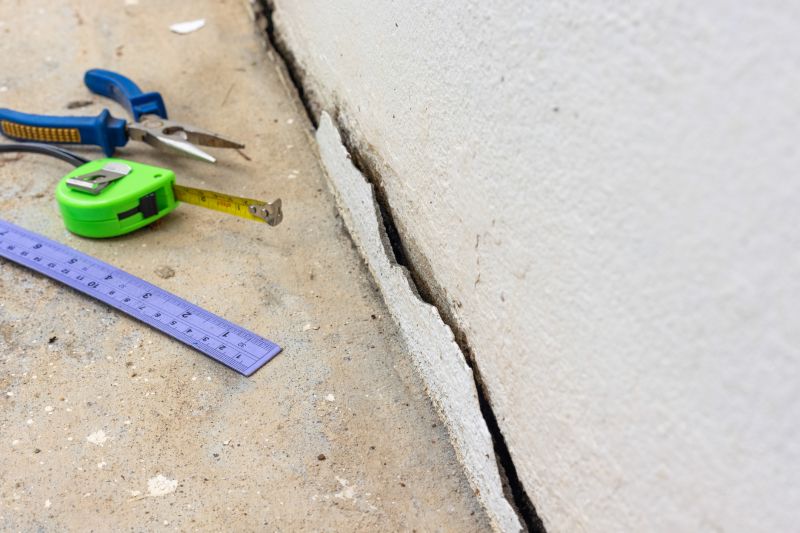
Simple add-ons that improve Foundation Repairs without blowing the budget.
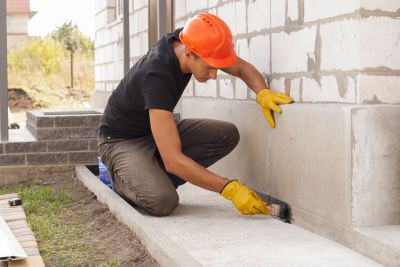
High-end options that actually feel worth it for Foundation Repairs.
| Season | Suitability for Foundation Repairs |
|---|---|
| Spring | High - moderate moisture and mild temperatures |
| Summer | Moderate - longer days but high temperatures |
| Fall | High - cooler, stable weather |
| Winter | Low - freezing temperatures and snow |
Foundation repairs are essential for maintaining structural integrity and preventing further damage. They involve methods such as underpinning, piering, and soil stabilization to address issues like settling, cracking, or shifting. Proper timing ensures that repairs are effective and durable, reducing the risk of recurring problems.

Visual overview of underpinning and piering techniques used in foundation stabilization.
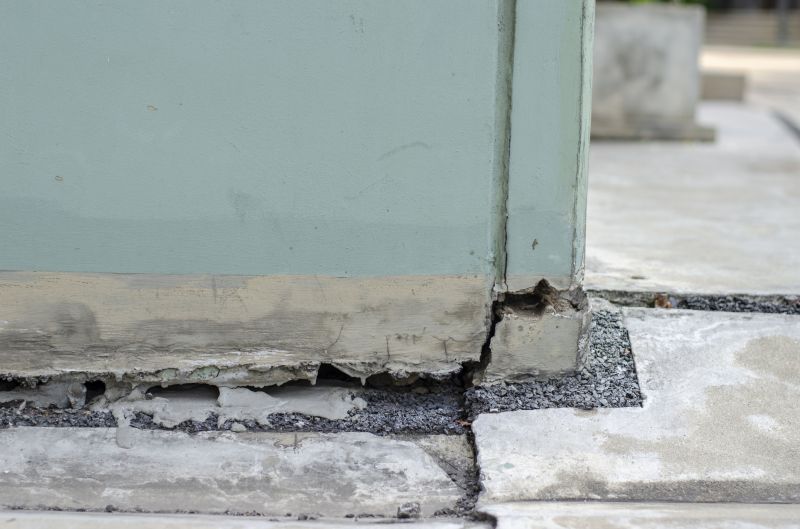
Images showcasing foundation repair results, highlighting structural improvements.
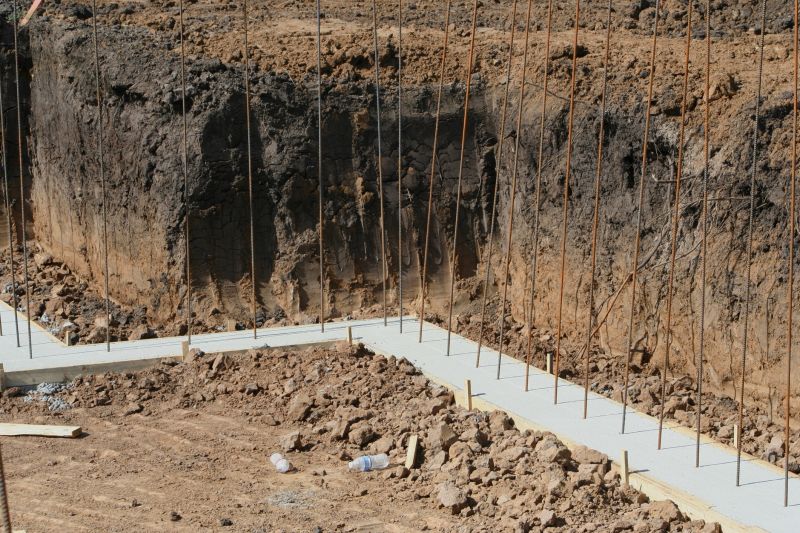
Techniques used to reinforce soil and prevent future settlement issues.
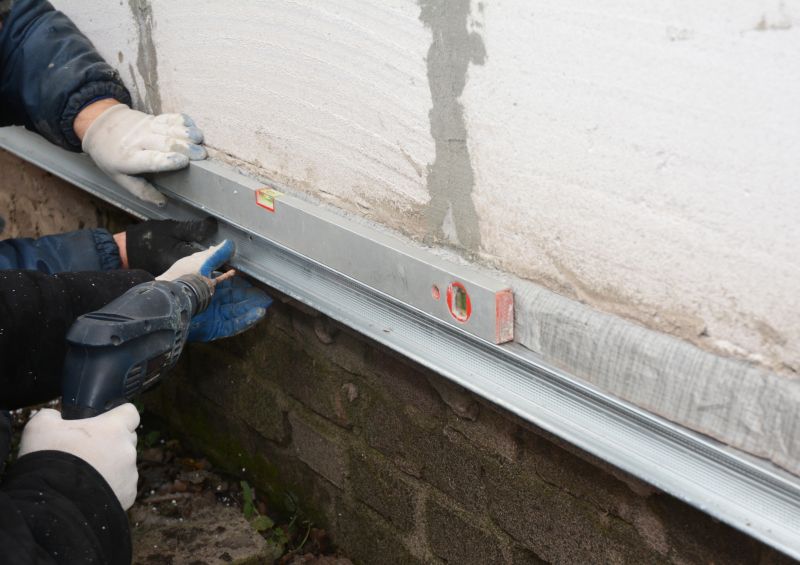
Tools and machinery essential for foundation repair projects.
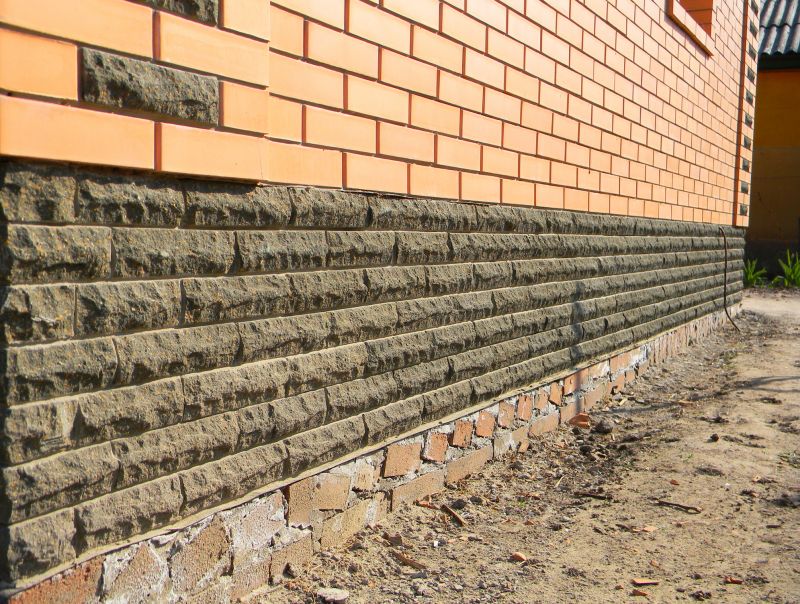
Finishes and colors that play nicely with Foundation Repairs.

Little measurements that prevent headaches on Foundation Repairs day.

A 60-second routine that keeps Foundation Repairs looking new.

A frequent mistake in Foundation Repairs and how to dodge it.
Timely foundation repairs can prevent costly damages and preserve property value. Recognizing early signs such as uneven floors, cracked walls, or sticking doors can facilitate prompt action. Consulting with foundation specialists ensures appropriate timing and methods for each specific situation.

